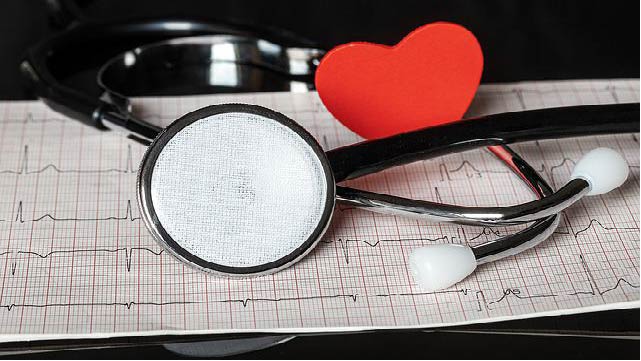Arrhythmias (abnormal heart rhythms) are amongst the most common causes of fatal events in youngsters who are apparently healthy or are known to have heart disease.
Over the past 20 years, epidemiological studies, the development of molecular medicine and the availability of more sophisticated non-invasive and invasive investigation techniques have made it possible to identify conditions with a higher risk of complex and life-threatening arrhythmias. Whereas after 40 years of age complex arrhythmias are primarily seen in patients with coronary disease (myocardial infarction) or a history of some form of heart muscle disease (cardiomyopathy) or heart valve abnormalities, in the younger population these events are seen in subjects with alterations (mutations) in the genes involved in the formation of components of the heart walls (the walls of the heart are constituted by cells known as myocytes that, in addition to the common functions of a cell, are provided with an additional structure (sarcomere) that allows them to perform the specific function of contraction).

Mutations can involve the genes responsible for the structure and function of different elements of a myocyte, such as the mitochondria (a cell’s powerhouse), the proteins of the sarcomere (which exerts the mechanical action of the myocyte) or the channels by which the cellular part of the myocyte communicates with the sarcomere (potassium, sodium and calcium ions). The desmosome is a complex system with the task of joining two cells or, in the case of the heart, two myocytes, so that the walls remain compact and serve their purpose in the best possible way.
A great many genes take part in the formation of the desmosome; one or more mutations in these genes make the stability of the systems of cohesion between cell elements precarious, and cause functional and/or structural damage to the heart walls, thereby creating an ideal environment for the development of arrhythmias. The mutation of genes involved in the formation of the desmosome cause what are known as arrhythmogenic cardiomyopathies, in which varying-sized areas of the myocytes that constitute the walls of the ventricles (the right ventricle is more commonly involved, hence the name right ventricular arrhythmogenic cardiomyopathy) are replaced by fat (adipose) or fibrosis (small scars). The presence of a mutation does not always translate into damage or in any case damage of the same severity; these differences depend on the strength of the mutation (penetrance): low penetrance can translate into an absence of disease (the subject is a healthy “carrier” who can, however, pass the mutation on to his/her descendants); moderate penetrance usually translates into a non-severe form of disease with a later onset, whereas high penetrance presents with severe disease and an early onset.
Life-threatening arrhythmias are found in young patients who have had surgery for a complex congenital heart condition in whom the surgical reconstruction has produced scars or changes in cardiac function, ideal substrates for the development of electrical instability.

Unlike a congenital heart disease, the presence of a mutation can either be inherited (it will be present in other members of the family) or present ex novo in a patient. Effective arrhythmic risk stratification (identification and quantification of a subject’s risk of experiencing severe arrhythmic events) therefore starts with a meticulous reconstruction of the family history, in particular, the presence in the family of sudden deaths with no apparent cause in youngsters even in previous generations. Routine screening must involve all members of a family in which a young person under 40 has died suddenly without any apparent signs of disease or when members of a family are suspected of having the disease. More thorough diagnostic investigations will be performed in those subjects with a stronger suspicion of the disease. Effective stratification must include routine screening such as ECG, Holter ECG, echocardiogram, contrast echocardiogram and a stress test. When there is a strong suspicion of disease, the work-up continues with advanced imaging procedures, like MRI or even invasive investigations; once the suspicion of disease is confirmed, the patient is referred as the “proband”, i.e. the first member of the family to be screened in whom a given characteristic is identified, and through whom the family was found to carry that characteristic. The proband will have genetic tests to identify any mutations. Over the past 20 years, we have learned that mutations of different genes can result in the same clinical signs and symptoms (phenotype expression). So far, 15 different disease-causing genes have been identified, and therefore genetic screening is only able to give a conclusive answer to just over half of the patients with clinical signs of disease or who belong to affected families. This percentage will tend to decrease over time, as other mutations are identified.
A clinical diagnosis backed-up by arrhythmic risk stratification, even when not supported by genetic testing, makes it possible to institute not only effective therapeutic strategies, but also preventative measures that do not unnecessarily compromise the patient’s quality of life.


